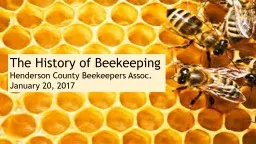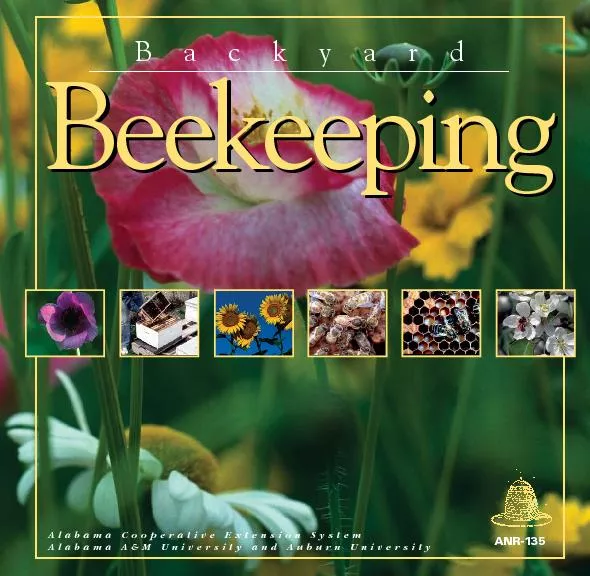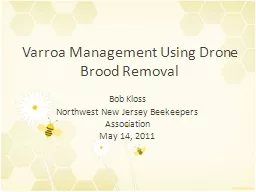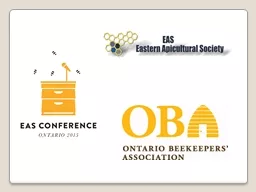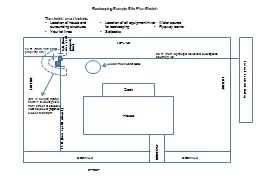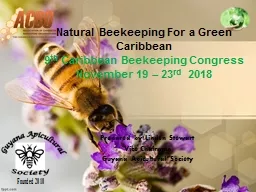PPT-The History of Beekeeping
Author : myesha-ticknor | Published Date : 2018-10-06
Henderson County Beekeepers Assoc January 15 2018 Prehistoric Bees 100 million years ago first known bee Melittosphex Burmensis Northern Burma 2006 14 million
Presentation Embed Code
Download Presentation
Download Presentation The PPT/PDF document "The History of Beekeeping" is the property of its rightful owner. Permission is granted to download and print the materials on this website for personal, non-commercial use only, and to display it on your personal computer provided you do not modify the materials and that you retain all copyright notices contained in the materials. By downloading content from our website, you accept the terms of this agreement.
The History of Beekeeping: Transcript
Download Rules Of Document
"The History of Beekeeping"The content belongs to its owner. You may download and print it for personal use, without modification, and keep all copyright notices. By downloading, you agree to these terms.
Related Documents

